Quai Network – L1 scaling solution combining sharding and PoW
Quai Network is an extensible solution for Layer 1 platforms by combining sharding technology and PoW 2.0 mechanism.

Traditional Layer 1 (L1) layers like Bitcoin and Ethereum are experiencing limitations in terms of network scalability and reduced transaction fees as daily transaction volumes increase. To solve this problem, many Layer 2 (L2) extension solutions have shown their role and effectiveness.
However, Quai Network has chosen its own path, making a difference. It creates an L1 PoW that can scale without sacrificing the security or decentralization of L1 solutions. So what is Quai Network? Let’s find out more in this article.
OVERVIEW OF QUAI NETWORK
- What is Quai Network?
As mentioned above, Quai Network is another name among the scaling solutions of L1 networks. The idea of Quai Network is to combine sharding technology and an upgraded version of proof of work (PoW).
This makes Quai Network horizontally scalable, increasing performance as the network grows in the future. Naturally, the long-term vision of Quai Network in particular and scalability solutions in general is to expand the overall blockchain, creating conditions for users to participate in Web 3.0.
- What problem does Quai Network solve?
We all understand Quai Network helps solve the problem of expanding the network as it grows. So what exactly is in this case?
Basically, Quai Network has seen the limitations of the PoW mechanism. However, instead of creating another layer, collecting and processing transactions on that layer like other L2 solutions such as zkSync…, Quai Network chose to release it as a new L1 and focus on overcoming the disadvantages of this layer. current PoW mechanism.
Quai will be able to provide the same security, decentralization, and fault tolerance as traditional L1 solutions. In turn, it helps to solve the problem of network congestion and high transaction fees. In addition, Quai Network is also compatible with EVM. This means that Solidity contracts can be easily deployed and executed on Quai Network.
- What is the structure of Quai Network?
Quai Network uses a multi-chain architecture and is organized in a 3×3 hierarchy. Specifically, Quai Network is a network of 13 chains, which includes 1 Prime chain, 3 Region chains and 9 Zone chains.

- The Prime chain at the top has the highest difficulty and hash rate as well as the longest block time (15 minutes). All miners on Quai mine the Prime chain, and it acts as the security base for the subordinate Region chains (and accordingly the Zone chains).
- Below the Prime chain are 3 Region chains that miners can choose from, named Cyprus, Paxos and Hydra. These chains have lower difficulty and hash power than Prime chains but higher throughput and TPS. The block time of the Region chain is 5 minutes.
- On the last floor is the Zone chain. For each Region chain, there will be 3 Zone chains attached. The Zone chain is a low difficulty and high throughput chain. Miners on Quai will mine the Prime chain, one of the three Region chains, and one of the nine Zone chains. The Zone chain has a block time of 10 seconds.
Region and Zone chains all inherit the same level of security as the Prime chain through coincident blocks. A coincidence block is a block that represents the combined work levels on blockchains and can connect the Prime chain to Region, the Region chain to the Zone, or all three chains.
Through this form of merged mining and this 13-chain decentralized structure, Quai Network hopes to be able to process up to 7,500 TPS at launch (250x Ethereum) with asynchronous Zone block throughput of 1.11 seconds (12 times faster than Ethereum).
- What’s special about Quai Network?
To solve the problem of scalability and transaction fees on L1 solutions, in the Quai Network whitepaper we will see the following special points:
- Proof of Work 2.0: This PoW upgrade of the Quai network combines Blake3 hashing with core protocols. This approach helps to increase speed while maintaining high security. Not only that, PoW 2.0 is proven to be more environmentally friendly as it reduces the carbon footprint per individual transaction.

- Sharding: Sharding is a familiar technology and again it is applied in Quai Network.
- Merged Mining: In the whitepaper of Quai Network, this concept is mentioned. It’s basically the process of securing multiple blockchains with just one miner. An example of merged mining is BitDNS or Namecoin. It allows miners to secure both the Bitcoin and Namecoin networks. In the case of Quai Network, it allows miners to secure both the Quai and Ethereum networks through the use of the same Ethash hashing algorithm.

Merge Mining tech
Merged mining involves the sharing of hashrate across multiple blockchains. Each block header contains data for a Prime, Region, and Zone blockchain. By combining the headers for each blockchain, miners can secure all three blockchains at the same time, increasing efficiency and scalability of the network. Rather than utilizing Layer 2 solutions like rollups, the network can scale by simply adding more chains depending on demand.
- What advantages does Quai Network bring?
Quai Network has achieved the following advantages:
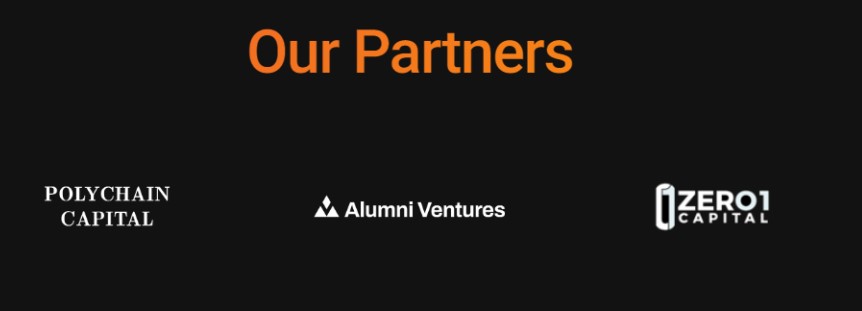
- Fast Speed: With 13 blockchains running concurrently, Quai Network provides high-speed block generation. All these chains will generate asynchronous blocks. Quai Network’s average block generation time is estimated to be around 1.1 seconds/block.
- Highly Decentralized: Through the development of PoW 2.0, using both merged mining and sharding, Quai Network remains open source and highly decentralized.
- Security: Through the use of merged mining and coincident block, all state changes of Quai Network will be confirmed at the last step by 100% hash power of the network.
- Quai Network team and Backers
Quai Network is built and managed by Dominant Strategies, which was founded by Alan Orwick, Jonathan Downing, Karl Kreder, Yanni Georghiades, and Sriram Vishwanath. This group of founders are alumni of the University of Texas at Austin, where they met and subsequently went on to co-write the Quai Network whitepaper.
In terms of backing, Dominant Strategies has successfully raised $10 million from two separate rounds — $8 million from Polychain Capital in March 2022 and $2 million from Alumni Ventures in May 2022.
- Tokenomics
As of the time of writing, QUAI tokenomics are still under development. Thus, the following information is not to be taken as final.

Source: Quai Network
QUAI is the token of the Quai Network and is used for securing the network and as an exchange of value. The token supply has not been determined as of yet.
- Quai Network testnet and mainnet
At the time of this article, Quai Network is still under testnet and has not launched the mainnet yet. Some stages in this testnet period like Iron Age Testnet, Bronze Age Testnet. Users can look up metrics on Quai’s testnet through the QuaiScan tool.
Final Thoughts
Through the above article, Crypto Chill has provided you with basic information about Quai Network. Will the difference in ideas and creativity in the construction process make this project go far and achieve the expected effect? Let’s look forward to the explosion of Quai Network in the future.
Quai Network information channels:
Website: https://quai.network
Twitter: https://twitter.com/QuaiNetwork
Discord: https://discord.com/invite/ngw88VXXnV




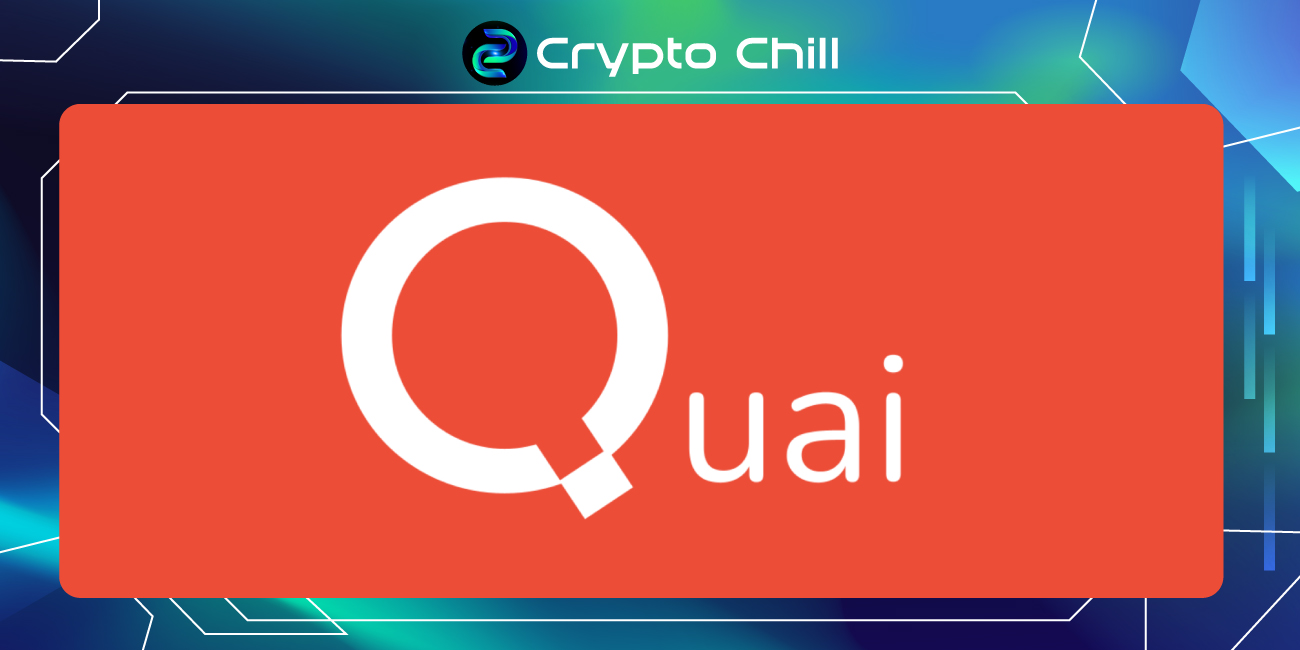

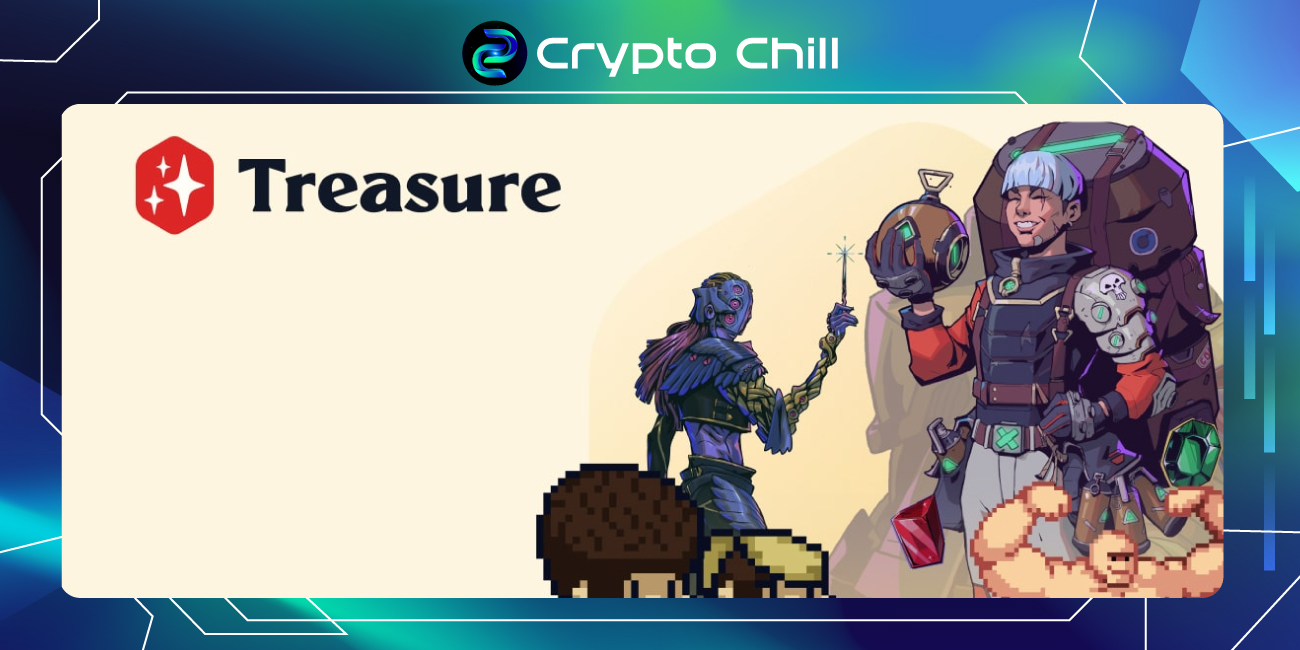
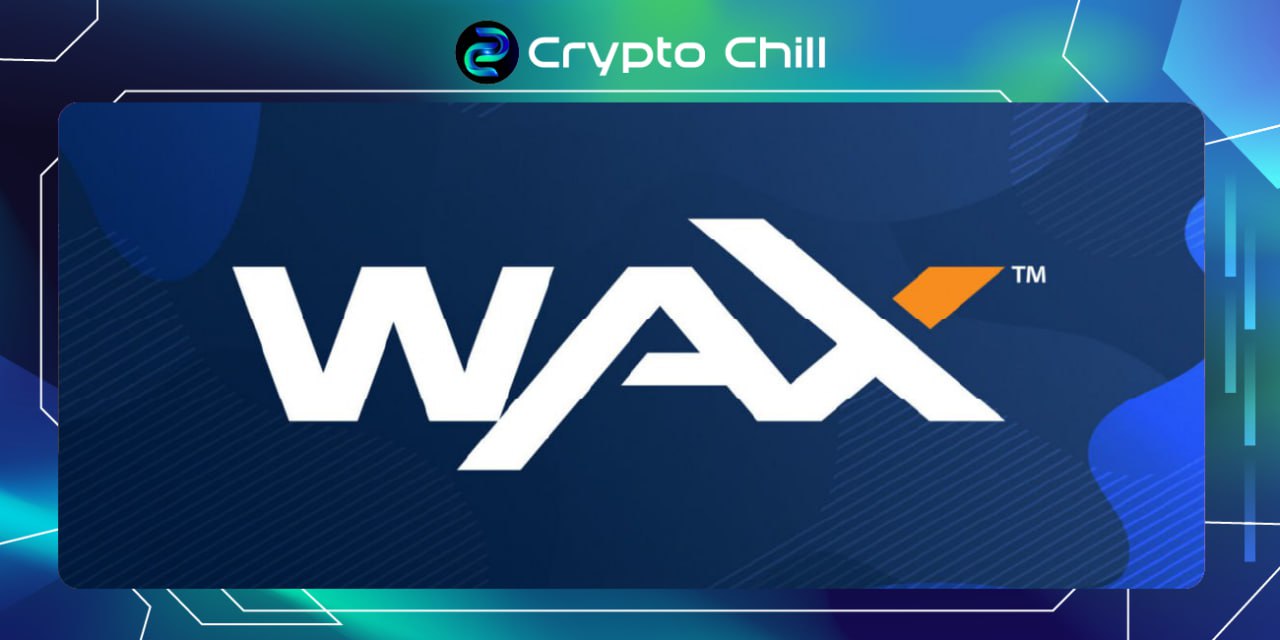
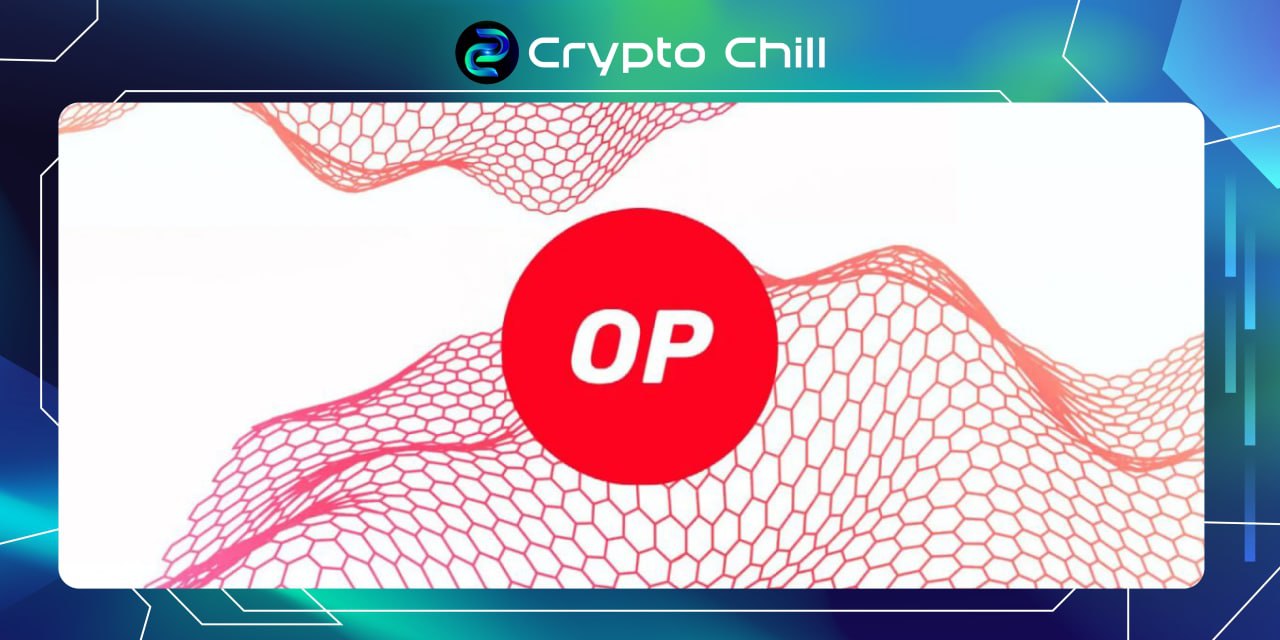
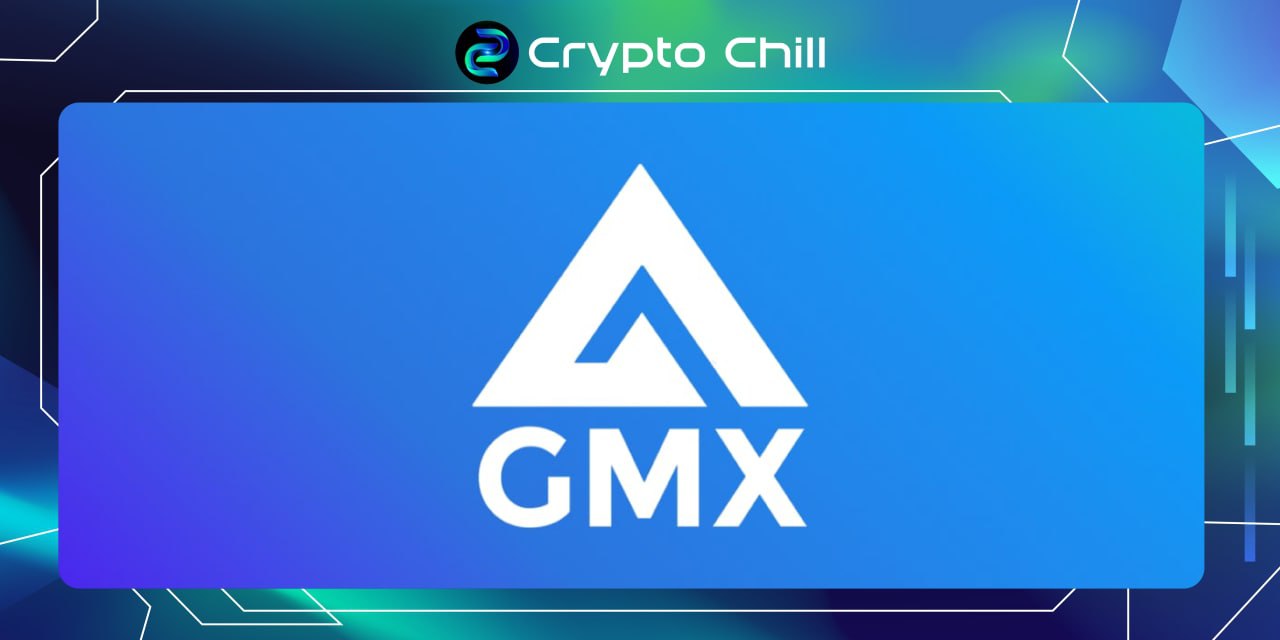
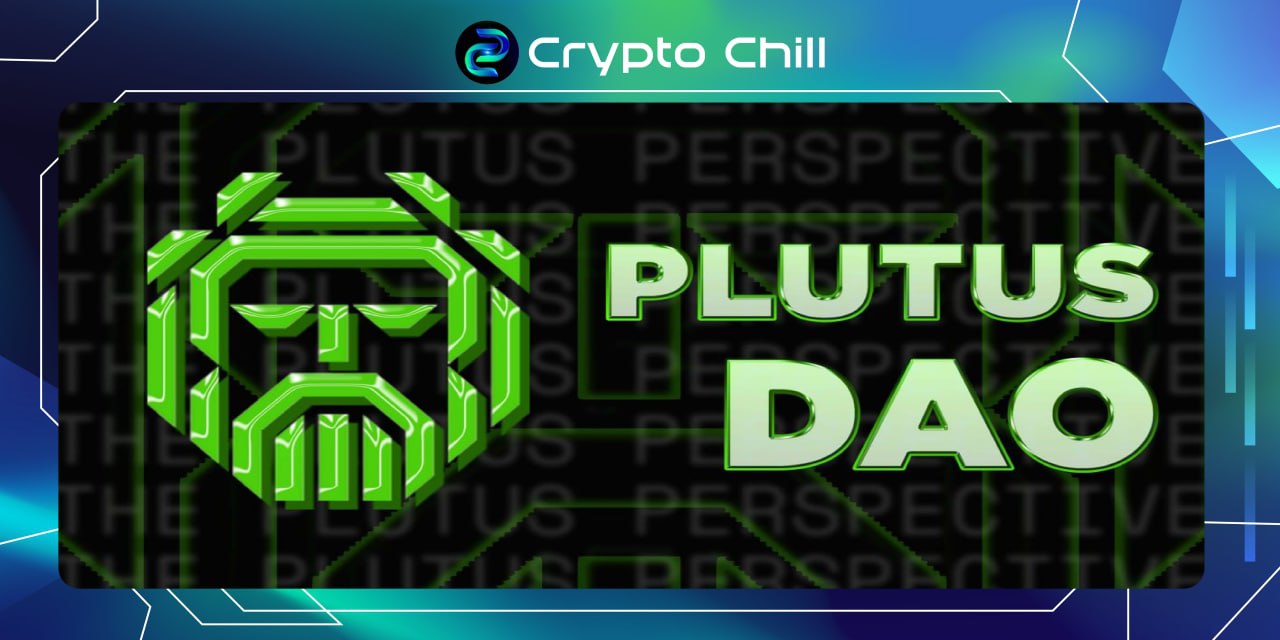
No Comment! Be the first one.